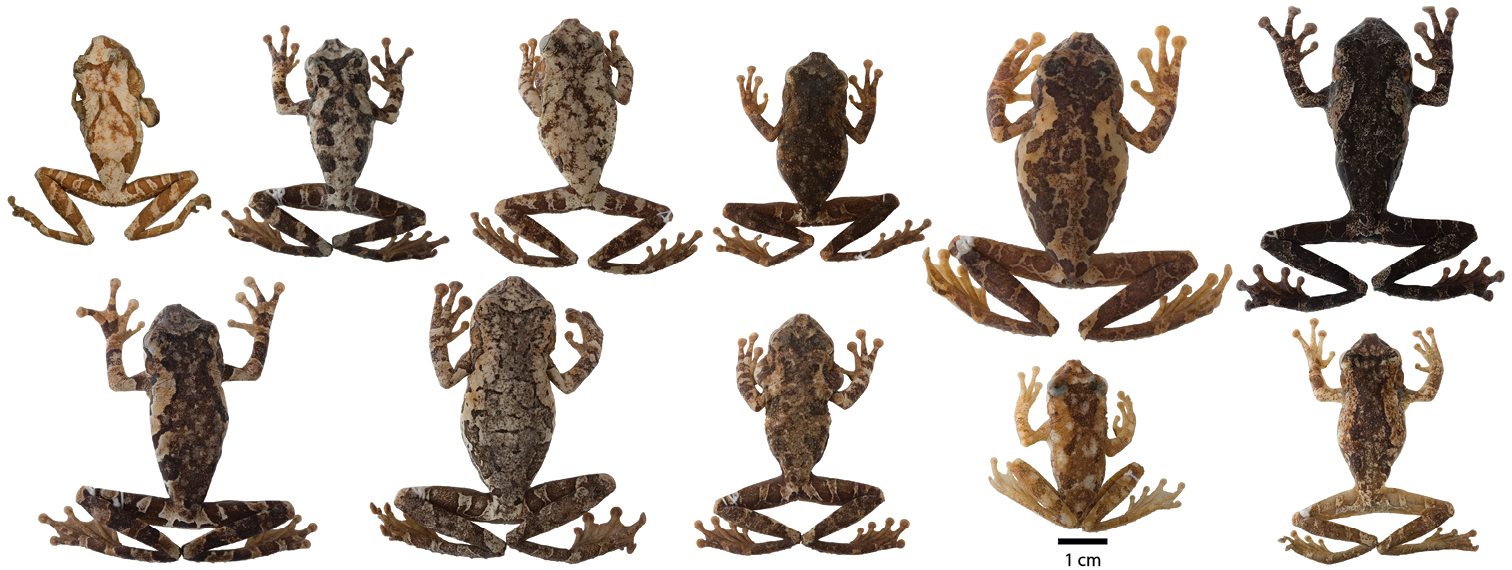But how exactly does evolution work? There are many mechanics involved in evolution, but one of the main causes is natural selection. In order for natural selection to occur within a population, there must first be variation. Variation is created through mutations and sexual reproduction. Natural selection favors individuals with traits that help them survive better, causing them to better produce more offspring, so that over time, the population begins to look more like these individuals. An interesting lab we did to demonstrate this concept was the hunger games lab. Other factors that can cause evolution include gene flow, genetic drift, sexual selection, and mutations.
Speciation is one of the causes of evolution. As two populations of the same species have reproductive isolation, they begin to evolve differently based on their different ecological niches. Soon, they become so different that they can no longer reproduce with each other anymore. This is when one species becomes two.
There is a lot of evidence to back these ideas up. First and most obvious is fossils. Fossils found in the earth can tell scientists a lot about when and what individuals looked like. By carefully studying the differences from fossil to fossil, it is pretty clear how and when a population evolved. Also good evidence is the fact that many organisms that are very different (i.e. birds and flies) can evolve analogous and homologous structures.
One thing that I wonder a lot about is that although it appears that many populations of organisms like animals and plants are evolving, I feel that the human population appears to be still quite the same as before. Why is that? Hmmm.
Below, I have attached some images that I feel highlight some of the key ideas of this unit:



No comments:
Post a Comment